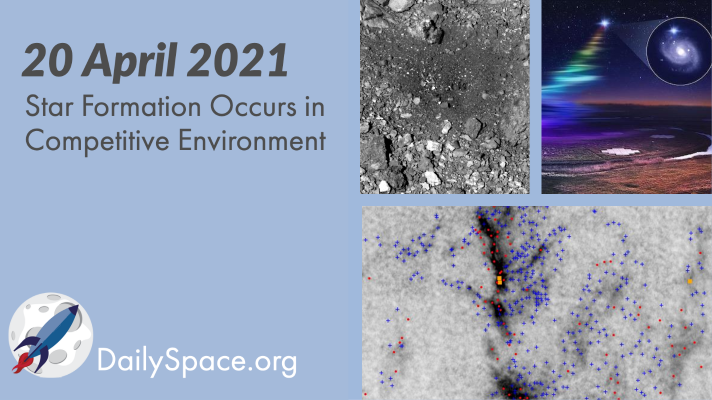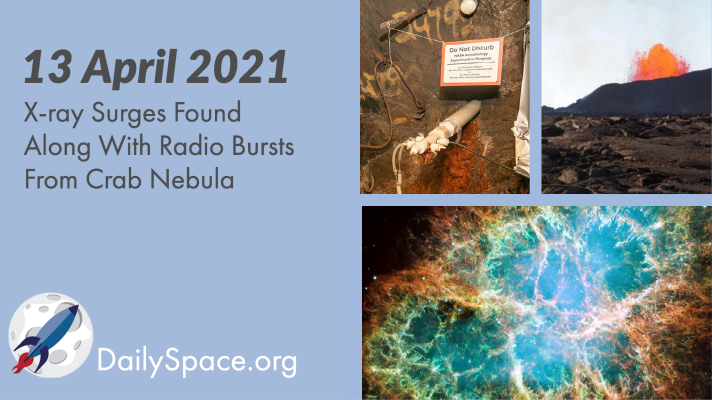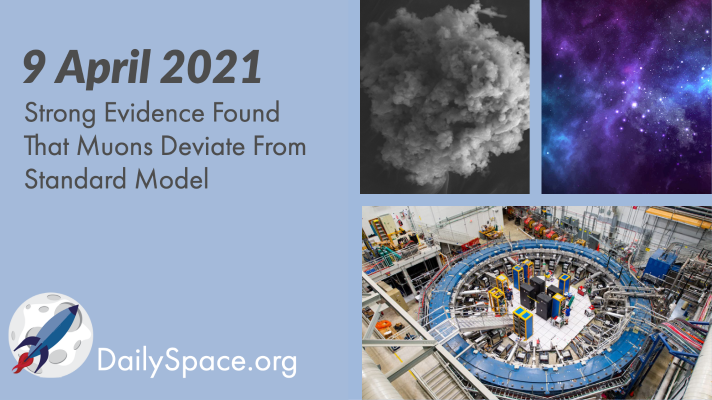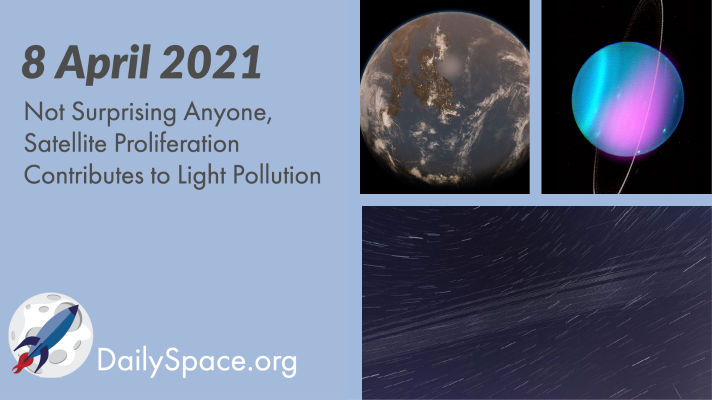
Apr 22, 2021 | Asteroids, Bennu Mapper, Climate Change, Daily Space, Earth, Fast Radio Bursts, Mars, Neutron Stars / Pulsars, OSIRIS-REx, Spacecraft, Star Forming Region, Stars, Supernovae
A survey of the stellar nursery in the Orion Nebula Cluster provides evidence that stars compete for material and their size depends on what they gather rather than their initial core size. Plus, NASA mission updates, fast radio bursts, neutron stars, visible novae, and mountain building in the Andes.

Apr 19, 2021 | Asteroids, Astrobiology, Daily Space, Earth, Exoplanets, Moon, Physics, Sky Watching, Stars, The Sun
Today’s news examines many of the ways in which scientists are trying to understand Earth’s atmosphere as well as the atmospheres of exoplanets, mostly in the hopes of figuring out the best way to tell if there is life on another world. Plus, sixty years of fusion power and this week’s What’s Up.

Apr 17, 2021 | Astrobiology, Daily Space, Earth, Exoplanets, Galaxies, Nebulae, Neutron Stars / Pulsars, Quasar, Spacecraft
Data analyzed from the NICER telescope aboard the ISS contains evidence of X-ray boosts accompanying radio burst detections, releasing more energy than expected as “giant radio pulses”. Plus, machine learning, intraterrestrial life, all the volcanoes, and updates on SN15 and Ingenuity.

Apr 16, 2021 | Crewed Space, Daily Space, Random Space Fact, Rockets, ROSCOSMOS, Soyuz, Space China, Space History, Spacecraft, SpaceX, Starlink
In this week’s Rocket Roundup, host Annie Wilson presents *checks notes* yet another Starlink launch from SpaceX, a Chinese launch, a crewed Russian launch, and the resulting capsule shuffle at the ISS. Plus, this week in rocket history, we celebrate the launch of Vostok 1 and cosmonaut Yuri Gagarin, the first human to travel into outer space, on April 12th, 1961.

Apr 15, 2021 | Asteroids, Book Club, Cosmology, Curiosity, Daily Space, Earth, ESA, Mars, Physics
Fermilab released the first results of their Muon g-2 experiment this week, and the fundamental particles don’t behave as predicted by the Standard Model of Particle Physics. Plus, dust, more dust, Martian water (again), and a review of Packing for Mars by Mary Roach.

Apr 12, 2021 | Comets, Daily Space, Earth, Galaxies, Mars, Quasar, Sky Watching, Starlink, Supermassive Black Holes, Uranus
A new study examined the effects of recent increases in the number of space objects orbiting Earth and found that the proliferation of satellites contributes to a nearly ten percent increase over natural lighting of the night sky. Plus, Mars, Uranus, Neptune, ancient Earth, volcanoes, and our weekly What’s Up segment.








 We record most shows live, on Twitch. Follow us today to get alerts when we go live.
We record most shows live, on Twitch. Follow us today to get alerts when we go live.